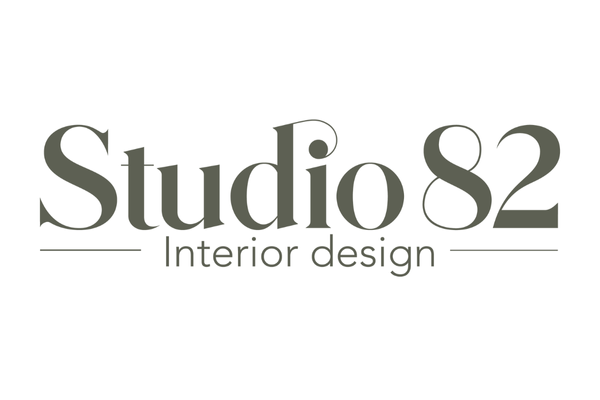Designing for Airbnb Guests: 6 Lessons from My Latest Project
Designing a home is one thing, but designing for Airbnb guests is a whole other challenge. As I work on my client’s Airbnb project, I’ve come across some real design considerations that go well beyond simply making a space look good in photos. If you’re preparing your home as an Airbnb, here are six insights I’ve learned along the way.
1. Skip the Cheap Furniture (Even If It’s Tempting)
When you’re setting up an Airbnb, it’s easy to fall into the trap of going budget-friendly at every turn from places like Ikea, Amart, and Fantastic Furniture. And yes, Ikea has its place, their mirrors, for example, are great value. But remember, your space is going to get frequent use from guests who potentially won’t treat it with the same care as you would.
Cheaper furniture often means more replacements, more fuss, and a space that just doesn’t feel as good. Guests can pick up on quality; they can feel when a sofa is flimsy or a bedside table wobbles.
This isn’t about blowing your budget, it’s about choosing smartly. A designer can help maximise what you spend through trade pricing and make sure your space feels cohesive, considered, and designed to last.
2. Durability That Doesn’t Compromise on Style
This is where you want to choose well. Airbnb spaces need materials that can handle wear, think commercial-grade fabrics, hardwood surfaces, and finishes that hold up to repeated use.
It’s not about making the place feel sterile or commercial. It’s about smart selections. A solid timber coffee table, a sofa that can take a few knocks, or a rug that hides the wear from sandy feet, these choices help your space stay fresh, welcoming, and low maintenance.
3. Embrace Local Character
One of the best parts of staying in an Airbnb is getting a sense of place. A hotel might give you a neutral, generic style, but your short-term rental can tell a story.
In my current project, one item I sourced was a vintage 1891 map of the Mornington Peninsula. It’s not just decor; it anchors the space in its setting. You could also collaborate with a local artist to showcase (and even sell) their work, a simple way to support local creatives while making your space feel unique.
4. Don’t Just Style for the Photos — Style for the Stay
Photography sells a listing, but the experience earns the reviews. It’s easy to get caught up in curating for the camera, but real guests need a space that’s practical.
Ask yourself:
Where will they put their suitcase?
Is there a bedside table with a power point for charging?
Do they have somewhere to drop their keys or sit to take off their shoes?
Little things like a bench seat near the entry, a coffee table tray, or coat hooks by the door can make the stay feel thought through.
And don’t underestimate the power of plants, real ones. A snake plant, a rubber plant, even a cactus, can breathe life into a room, making it feel more inviting and home-like. They’re low-maintenance but high-impact. It’s those small, living touches that make a space feel cared for.
Designer note: You don’t need to fill every surface, but you do need to show you’ve paid attention. People can feel when a space is considered and when it’s not.
5. Design for the Psychology of Hospitality
There’s something powerful about a space that feels welcoming before a guest even sits down. Clean white hotel-grade sheets? A must. A quality mattress? Non-negotiable.
But beyond that, it’s the touches.
A local wine or some homemade biscuits to welcome your guests.
Discount cards for nearby cafes, supporting your local businesses.
A handwritten note to welcome your guests.
These aren’t just gestures; they’re cues that the guest matters. You don’t have to go over the top, just enough to make someone feel like they’ve landed somewhere they’ll want to return to.
6. Always Think Like a Guest
Before you hit publish on your listing, walk through the space like someone seeing it for the first time. Are the essentials easy to find? Is the kitchen stocked with basics like tea and coffee? Is the Wi-Fi password obvious?
Consider sending your welcome guide digitally through Google Docs or email. Include house rules, local recommendations, and streaming logins. Have board games tucked away, books, clean towels, and thoughtful extras like shampoo, conditioner and body wash.
People book Airbnb for that warm, lived-in feel. Let your personality show. If they wanted cold and clinical, they’d be in a hotel.
Designing for an Airbnb isn’t about copying a Pinterest aesthetic; it’s about creating a space that’s functional, intentional, and welcoming. Whether you’re starting your first Airbnb or refining a current one, your design decisions shape the entire guest experience.
If this post sparked something for you, or you’re setting up your own Airbnb and don’t know where to begin, I’d love to help. Get in touch here or give me a call.
Claire

